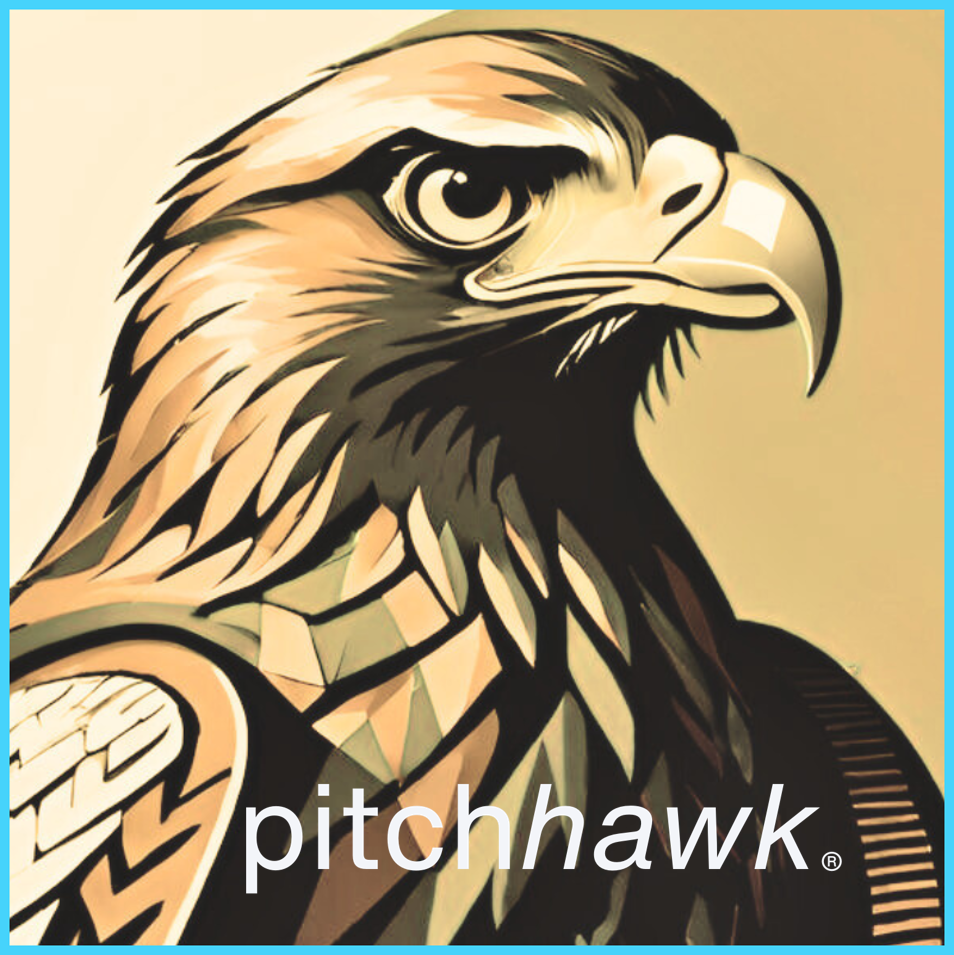Recognising your fortress, through the investor’s lens
Copyright, pitchhawk, 2025. All rights reserved.
Pattern recognition
Building an MVP, signing an MOU, hiring a CFO, assembling an advisory board, locking in a lease, or registering a patent—these are all signs you’re investing and moving forward. But none of them make you investor-ready.
They’re internal milestones. Important to you. But investability is judged from the outside-in. It’s not based on how far you think you’ve come—it’s judged relative to other opportunities available to investors at that point in time.
Before they can even make that judgment, serious investors first need to recognise that there’s a robust business and investment proposition wrapped around your innovation.
If they can’t see an investable pattern underpinning and surrounding your endeavours, they’ll assume it’s not ready—or worse, mistake it for just an idea. Especially when they’re spoiled for choice and can access the same exposure through other ventures, or even public markets.
Why “recognition” matters
It’s natural to feel ready to engage investors once you’ve worked hard, produced something substantial, and had it all summarised in a document. That logic makes perfect sense from a founder’s seat.
But investors aren’t assessing effort or artefacts. They’re assessing investability. They’re scanning for signals that this is a business they can recognise, trust, and back.
And that word—recognise—is the key.
Let’s say I told you to go outside and find a fortress. You’d picture it clearly, with high walls, a guarded gate and imposing ramparts. Essentially, a structure designed to endure and expand without having to constantly rebuild.
But if I simply told you to find “some shelter,” you’d be left guessing—under a tarp? Behind a bush? In a regular building?
The difference is clear. Investors aren’t looking for “some shelter.” They want a fortress. One that’s clearly visible, structurally sound, deliberately built, and capable of standing firm through challenges.
If what you’ve built isn’t something they recognise as a truly investable business—one that’s fortified and structured for growth with a clear commercial model, defensible moat, a credible path to scale and a range of other hallmarks—they’ll move on to another opportunity.
The hawks are watching, so be ready
With unmatched lift and thrust, hawks can glide effortlessly at 6,000 feet, surveying and identifying the tiniest gaps or opportunities below with razor-sharp precision. Because they can see in infrared and ultraviolet, they detect what others miss—and lock on to what truly matters.
At pitchhawk, we adopt that elevated perspective. It allows us to survey your business and investment proposal, zoom in on what’s investable, weak, vulnerable or missing.
Since investors also circle from above, you want them to see a fortress that stands out in an often-crowded landscape—not one camouflaged by complexity, jargon or mismatched milestones.
Least of all, you don’t want to offer them a surface-level summary of a partially built fortress—because that only spotlights why they shouldn’t invest.
And all of that means one thing. You need to be ready with a truly investable business and financial proposal before you face serious investors.
The side-hustle syndrome
Founders often rush to create IMs, forecasts and pitch decks after deciding to raise capital—sometimes outsourcing at high cost and under conflicted terms or cobbling them together late at night and with the assistance of crowdsourced templates and podcasts.
These efforts, while earnest from a founder’s perspective, are often side-hustles for advisors and other solutions built on shaky foundations that lead to slick but hollow presentations that can bury a strong business under unnecessary complexity, time and cost.
Investors judge the opportunity, not the gloss
Investors don’t compare you to who you were six months ago. They compare you to every other opportunity on the table. And it’s not about how long you’ve been building—unless you’ve been building for too long without any traction. What matters is whether they can recognise that what you’re building has:
Clear and meaningful purpose
Competitive edge and potent value proposition
Objective financial viability and fundability
A scalable model where revenues grow faster than costs
These are the markers of real opportunity. Recognition follows—and recognition is what gets backed.
Smarter. Stronger. Faster.
pitchhawk wasn’t built to polish decks or “pretty up” what’s already there. We’re not a design studio. We’re not document processors. And we’re definitely not a side-hustle.
We diagnose where your innovation business stands. We pinpoint the gaps investors will see. And we help you:
Improve what’s working
Fortify what’s not
Build what’s missing
We do this smarter, stronger, faster and at a fraction of the cost of expensive advisors and side-hustle tools that were never designed to identify or fix business or investability gaps—only to summarise.
Pre-flight your pitch, fortify your business, raise your capital
Successful founders don’t wait for rejection to learn what’s broken. They Pre-flight their pitch to pressure-test their business and investment case.
They use our written feedback not just to improve their deck—but to improve the business itself, including its foundations, structure and the investment proposition wrapped around it. And once that’s fully aligned and built into a fully fortified investment proposition, they can create their own deck and confidently manage their own fundraising.
So, before you try to pitch the world, come pitch the hawk.
Good luck out there!
Hawk1
Transforming innovations into investable businesses—smarter, stronger, faster


